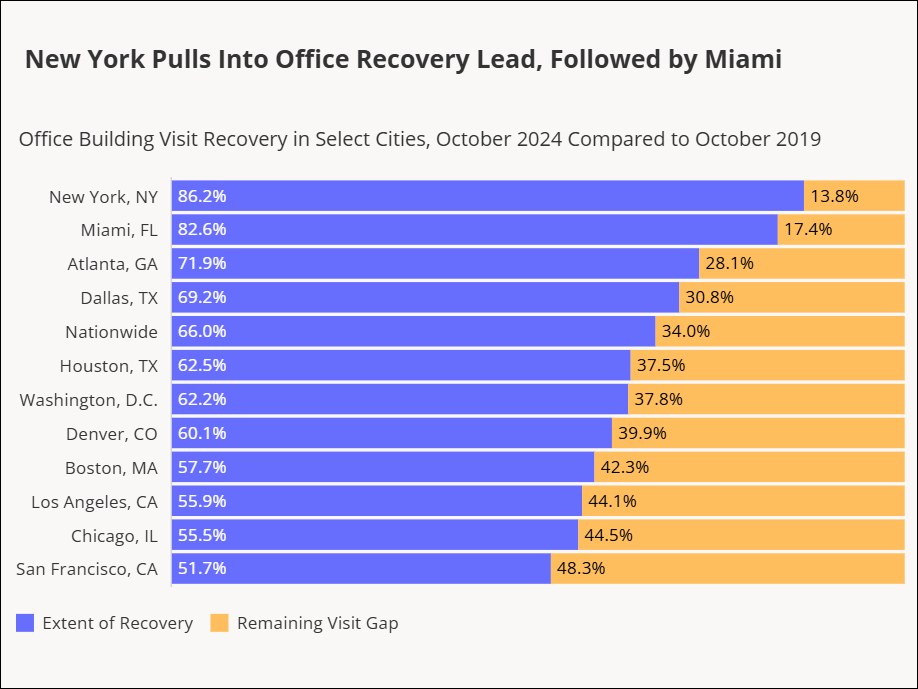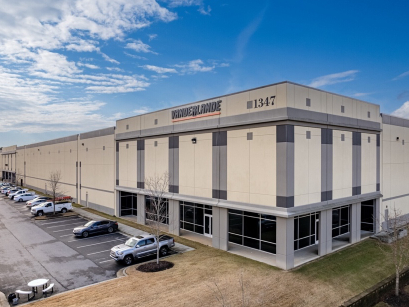The Story Behind Chicago’s NEWCITY: One for the Books
The $275 million mixed-use project took a decade to materialize, overlapping the recession. Structured Development’s Jeff Berta takes us behind the scenes of what he described as the most challenging project he worked on in a career spanning roughly 30 years.
By Alexandra Pacurar
In 2008, soon after the recession hit, the construction of NEWCITY—a mixed-use development planned for an 8.5-acre site in Chicago’s Lincoln Park—came to a halt. This was three years after 30 development teams submitted proposals for the well-located lot that formerly housed the New City YMCA. Structured Development and its joint venture partner were declared winners of the bid in 2006 and soon started investing in the design, demolition and initial site improvements for the property. “The site was—and still is— arguably one of the best pieces of real estate in Chicago,” Jeff Berta, senior director of real estate development at Structured Development, told Commercial Property Executive.
The initial version of NEWCITY mirrored the needs of the marketplace at that time, Berta explained, and included 500 condominium units across three separate high-rise towers as well as approximately 200,000 square feet of retail. An outdoor plaza, a below-grade loading facility, on-site parking and a new public street (Schiller Street—intended to alleviate the traffic impacts at the intersection of North Avenue, Clybourn Avenue and Halsted Street, just two blocks to the north of the NEWCITY site) were also part of the original proposal.
Overcoming the recession
In 2009, the project’s components were modified as market interests shifted. NEWCITY was to offer a single rental tower with 280 apartment homes and a more generous commercial area as the retail space doubled from 200,000 to 400,000 square feet. Soon after, Structured’s JV partner succumbed to the pressures of the recession and the site was then placed into a large portfolio sale by the lender. “
In 2011, we regained control of the NEWCITY site through a newly formed joint venture with JP Morgan Asset Management. In 2013, construction began—including the on-site parking, outdoor plaza and infrastructure improvements from the original proposal as well as a 199-unit rental tower—and the first move-ins occurred in August 2015,” Berta added. He described the 1 million-square-foot mixed-use development at the intersection of Clybourn and Halsted Streets as a case study in patience and perseverance, well-suited for a book. Over the past couple of years, NEWCITY, a $275 million investment, earned LEED Gold certifications for its commercial and residential components, as well as several awards—including the Vision Award from the Urban Land Institute Chicago.
CPE approached the real estate veteran to discuss NEWCITY and the company’s ongoing mixed-use investments.
How difficult was it to find capital to finance NEWCITY after the crash?
Berta: In fact, it was not as difficult as one might think. Our firm’s reputation as a developer with expertise in completing complex real estate transactions, including several projects in this enclave of Chicago’s Lincoln Park neighborhood, helped us tremendously. The NEWCITY site was also being offered at a significant discount compared to the original capitalization. At that time, there was an abundance of opportunistic capital available for well-located projects backed by reputable developers and NEWCITY checked all the boxes.
Tell us about the most challenging project you worked on and how did it turn out in the end?
Berta: NEWCITY was the most challenging project due to its size and complexity and, of course, the many obstacles encountered during the economic downturn. Fortunately, we were able to overcome them and realize our vision of creating a thriving neighborhood anchor in what was already a vibrant community. NEWCITY is a destination because of the many amenities it offers, including a 35,000-square-foot Mariano’s grocery store, 14-screen ArcLight Cinema theater, 16-lane Kings bowling alley and numerous shops and restaurants. The success of the project, including the adjacent residential tower, kicked off a post-recession renaissance for this stretch of Lincoln Park, drawing additional investment to the area.
What can you tell us about the Halsted Triangle project? What are your
updates on that?
Berta: The Halsted Triangle is positioned in proximity to the North Branch Industrial Corridor, the first of Chicago’s 26 former industrial corridors to be rezoned as part of the city’s Industrial Corridor Modernization Plans. As new uses come to the area, this enclave will be an attractive option for additional retail, office and residential development. The components of our latest project in the Halsted Triangle are evolving every day.
We’re currently evaluating different options for both commercial and residential development on the 2.5-acre site. Last fall, the City Council approved a new pilot initiative that expands the provisions of Chicago’s Affordable Requirement Ordinance. Because our property lies within the boundaries of the pilot area, we are working diligently to come up with a plan that is financially viable while supporting the city’s vision of creating and preserving affordable housing in neighborhoods that need it most.
A wave of large mixed-use developments hit several major metros in the U.S. Do you think mixed-uses are a guarantee of success?
Berta: Mixed-use is not necessarily a guaranteed path to success. Mixed-use developments tend to be complicated in design and more suited to urban areas where multi-level structures are more common. There are a number of challenges such as infrastructure, parking, access and services that may or may not be compatible among different components of a single mixed-use project. The formula for success lies in finding synergistic uses informed by area demographics and existing development nearby. And, today more than ever, it’s vital to consider how the continued growth of e-commerce might impact projects with a retail component. A certain level of flexibility needs to be incorporated in order to adapt to changing market conditions.
Is it complicated to finance such projects—large mixed-use developments?
Berta: It’s definitely complicated to finance large mixed-use developments mostly because they are not easily understood by lenders. Each component of the project needs to be well thought-out and integrated into the overall master plan.
What are your expectations from the industry in 2018?
Berta: The answer really depends on the specific real estate sector. In the industrial and residential sectors, I expect to see continued growth driven in part by urban infill development. E-commerce will continue to grow and while retail development may slow in the near term, shopping centers will continue to evolve as brick-and-mortar assumes a new role—one that emphasizes personalized service and experiences.
More broadly, the implications of tax reform and other legislation are still not fully known. It will likely be well into 2018 before we start to see the real impact of those influences.
Images courtesy of Structured Development and balloggphoto.com








You must be logged in to post a comment.